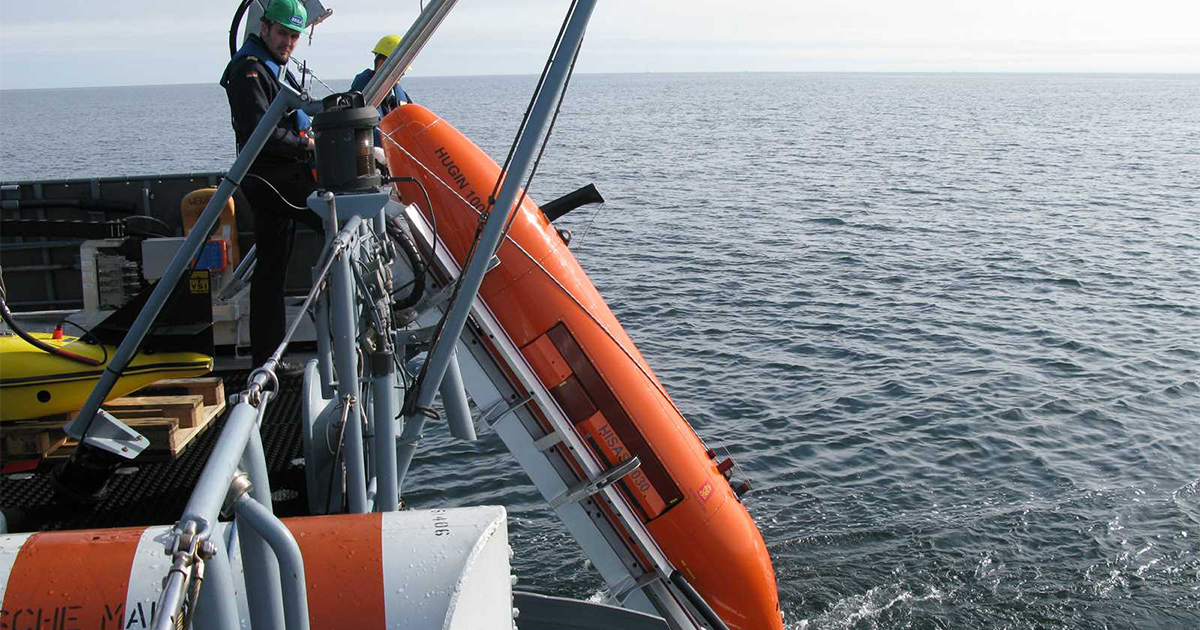Underwater Technology for Ocean Mining

According to a story published on CNBC, autonomous underwater technology is becoming increasingly important to deep-sea mining proposals to harvest polymetallic nodules from the seabed in the Clarion-Clipperton Zone, located in the Pacific Ocean. These nodules are found in abundance at 15,000 ft below the surface, so finding ways to retrieve them effectively poses a number of challenges.
The first challenge is to locate them at such depth. AUVs assist by scanning the ocean floor to map and record details of the seabed surface. Sensors on AUVs provide much higher resolution images than sonars on topside vessels and companies continue to develop autonomous underwater vehicles with evermore precise sensors and capabilities.
The International Seabed Authority (ISA) has granted dozens of contracts for organizations to explore the seafloor and submit environmental reports in preparation for ocean mining operations to begin. Much of the need for the rare metals contained within these nodules is driven by modern-day life, and in particular our demand for smartphones, electric cars, and solar energy; manganese, nickel, copper and cobalt are critical elements to battery technology. This might explain why governments have an increasing interest in ocean mining.
Autonomous underwater vehicles play a vital role in studying deep-sea environments, so are instrumental in assessing the potential impacts of ocean mining to rare ecosystems. Kongsberg Maritime is a company at the forefront of AUV development and their models are able to capture acoustic, laser and photographic data. Recently, one of their AUVs was deployed to skim the bottom of Arctic waters, mapping manganese nodules in Norway. The next generation of AUVs will likely have increased in-mission processing capability, including automated object detection that can quantify nodules in real-time.
Meanwhile, AUVs continue to prove essential to the exploration efforts of other offshore activities, namely those of the offshore oil and gas industry. In 2019, Equinor and Saipem signed a contract for the use of advanced wireless drone services on a Njord field located off Norway’s coast.
For the full story: https://www.cnbc.com/2020/06/06/underwater-drones-helping-companies-in-mining-oceans-floor.html

